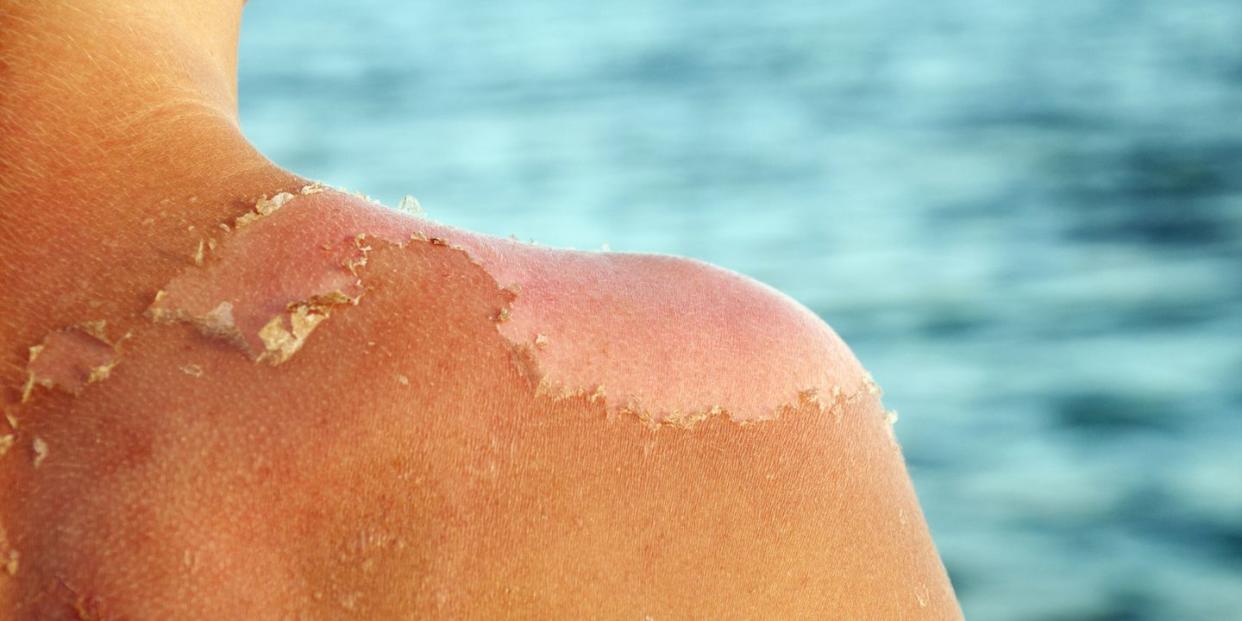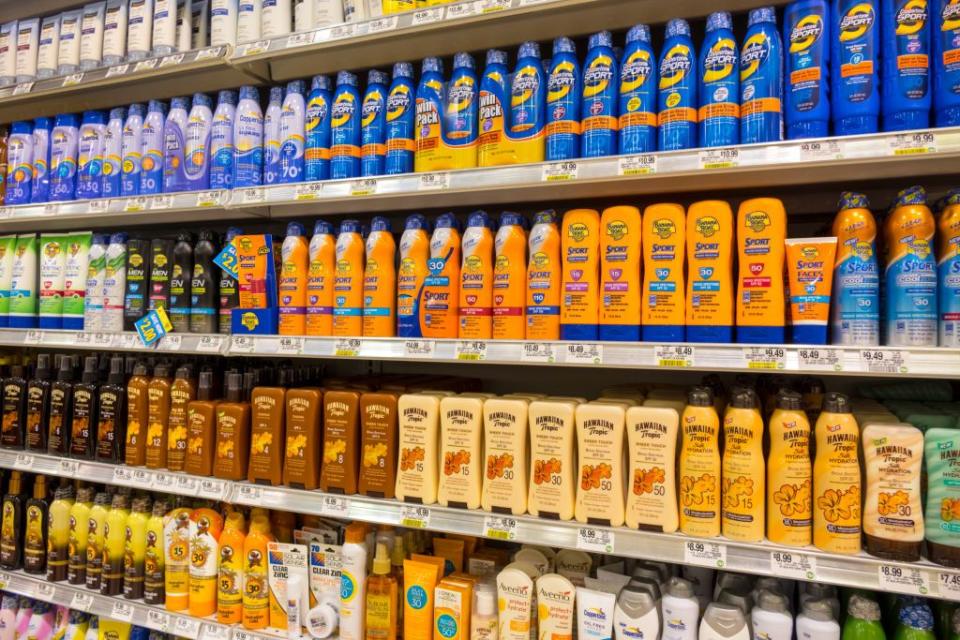What's a Sunburn, and How Do You Avoid It?

Everyone knows the painful sting of a sunburn. According the U.S. Department of Health and Human Services (HHS), on average, more than one out of three Americans gets sunburned every year. Not only is a sunburn unsightly with all that red, peeling skin, it can lead to more serious conditions such as skin cancer—the most common cancer in the U.S.
The American Academy of Dermatology (AAD) says that even a single “blistering sunburn during childhood or adolescence can nearly double a person’s chance of developing melanoma.” Even mild sunburns can cause dangerous damage to your body’s largest organ; a sunburn ages your skin and makes you more susceptible to developing melanoma, the deadliest type of skin cancer.
The good news is that there are things you can do to protect yourself from a sunburn and keep your skin healthy, and they start with awareness.
Sunburn: The Basics
Sunburns—like their straightforward name implies—are the result of the sun burning your skin. And it’s not just the surface layer, either; the sun’s rays can affect the dermis as well as the epidermis. The Mayo Clinic says that overexposure to “ultraviolet (UV) light from sunshine or artificial sources, such as sunlamps” (yes, tanning booths are part of the problem, too) can lead to painful sunburns.
And that pertains to your entire body. Lips? Yup. Ears? Absolutely. Eyes? Totally.
All exposed skin should be treated to sunscreen and 100 percent UV blocking sunglasses, preferably ones that come in a wrap-round style for maximized sun blockage.
The Mayo Clinic also notes that “repeated sun exposure that results in sunburn increases your risk of other skin damage and certain diseases” as well. This can include dry and wrinkly skin, discoloration such as dark spots, and even rough patches in some areas. Sunburn symptoms range from mild discomfort to fluid-filled blisters. You might also experience a headache, fever, and even nausea.
Understanding Sunscreen
Most sunscreens say they offer UVA and UVB protection, but what does that mean and what’s the difference between the two?
According to the University of Iowa Hospitals & Clinics, “UVB rays are responsible for producing sunburn [and] also play the greatest role in causing skin cancers, including the deadly black mole form of skin cancer [known as malignant melanoma].”
UVA rays have the ability to penetrate deeper into your skin leading to increased wrinkles via a process commonly called “photoaging” (also known as dermatoheliosis.)
“There are approximately 500 times more UVA rays in sunlight than UVB rays. Therefore, in addition to protecting your skin from the effects of UVB rays, it is also very important to protect from the damaging effects of the more numerous UVA rays. Traditional chemical sunscreen products have been more successful at blocking UVB rays than UVA rays,” reports the university.

The Skin Cancer Foundation recommends using sunscreen labeled “broad spectrum protection” with a sun protection factor—SPF, an approximate measure of how long the applied sunblock will protect the wearer from UVB rays—of 15 or more. You should also take additional precautionary measures including seeking shade between 10 a.m. and 4 p.m. when the sun’s rays are strongest, and avoiding tanning to name a few.
Does a Windshield Protect Me?
Yes and no. According to The New York Times, “in an enclosed vehicle, sunburn is unlikely, but deeply penetrating UVA rays can cause potentially harmful skin damage.”
For the most part, car manufacturers use laminated windshields that help filter UV light. This is not the case with the remaining windows in the a car though, which are usually not laminated. The non-laminated glass does filter out UVB light—which is the main cause of red skin due to sunburn—but they don’t filter UVA rays, which have the power to “penetrate the skin more deeply and also cause harm.”
To protect yourself while driving, especially if you drive long distances frequently, you should apply sunscreen before a trip. You can also get a window shield to block harmful rays from hitting you, or keep a long-sleeve shirt in your car to cover your arms when needed.
But Shade is Safe ... Right?

Sorry, but nope, not even covered and shaded areas can fully protect you from harmful rays. Chances are, you’re getting hit with indirect UV rays that are reflecting off of water, sand, and other surfaces. CNN reports that “up to 80 percent of the sun's UV rays can pass through clouds.” Even overcast days—where you don’t see the sun all day long—can leave you sunburnt.
That being said, having some shade is better than none. Even if you plan on spending your entire beach day under an umbrella, you should still apply sunscreen and wear UVB/UVA blocking sunglasses.
Treating a Sunburn

The AAD says that the first step in healing a sunburn is recognizing you have one and choosing to treat it immediately. Using moisturizers with aloe vera or soy can help soothe the sting of a sunburn as can hydrocortisone cream for extremely sensitive areas. The AAD warns against using topical creams ending in “-caine” (like benzocaine) because they may cause additional irritation or an allergic reaction.
To alleviate some of this pain, you can also try using a clean, chilled, damp piece of cloth or compress to cool down hot skin. Contrary to popular belief, apple cider vinegar is not the best topical solution for sunburnt skin as it could result in chemical burns due to its acidic properties. A cold and gentle shower—without the use of exfoliators, sponges, or other items that could further aggravate your already sensitive skin—may also help in addition to staying hydrated.
The use of over-the-counter pain relievers such as ibuprofen or aspirin can help reduce swelling and sensitivity, too. If you develop blisters, leave them alone. According to the AAD, “blistering skin means you have a second-degree sunburn. You should not pop the blisters, as blisters form to help your skin heal and protect you from infection.”
Finally, take extra care with healing skin by covering up when you’re outdoors. The AAD recommends “tightly-woven fabrics” that don’t let any sunlight through.
You Might Also Like

